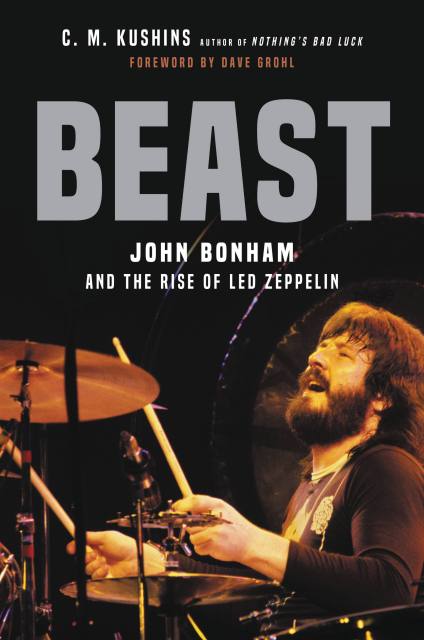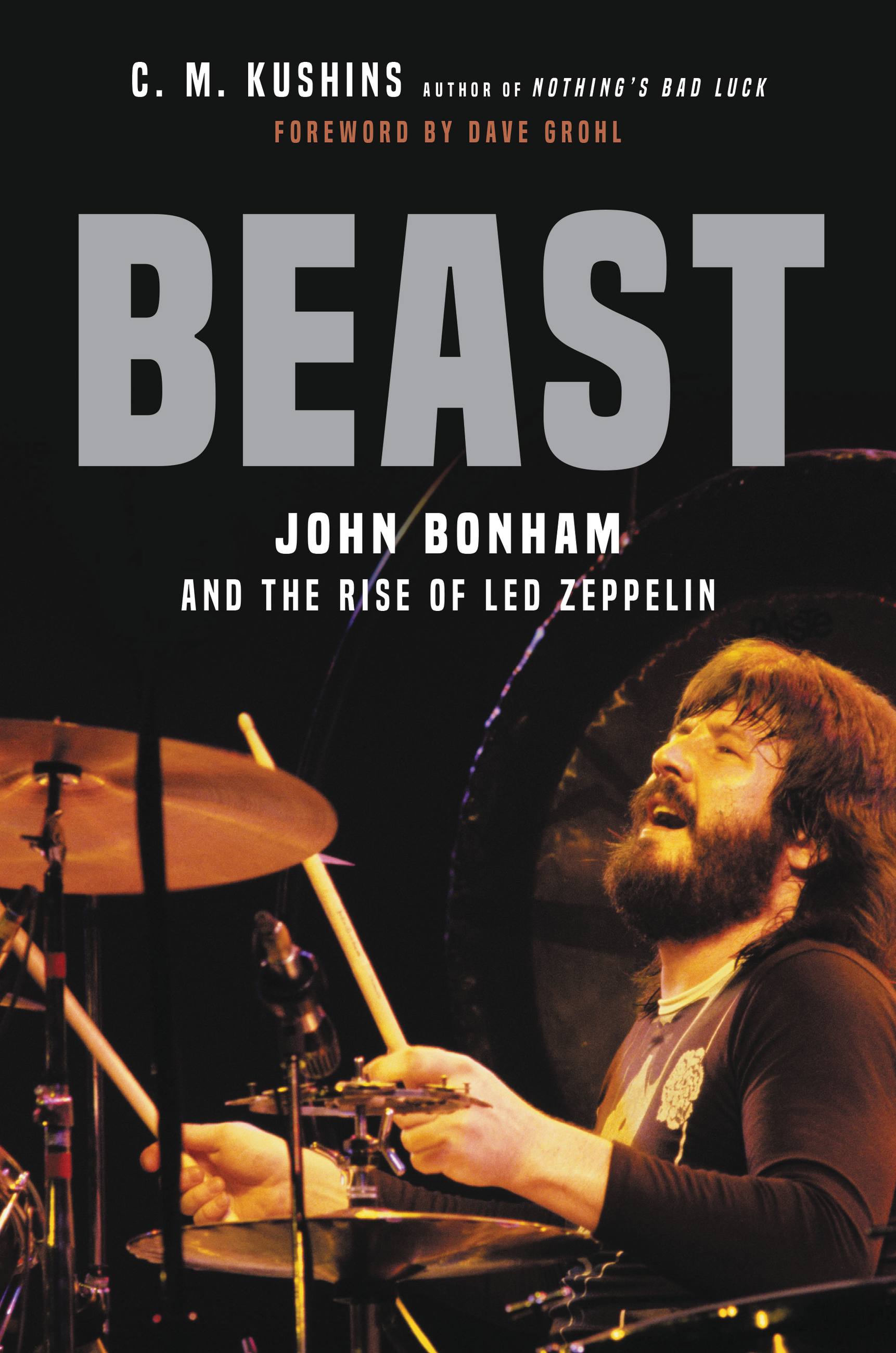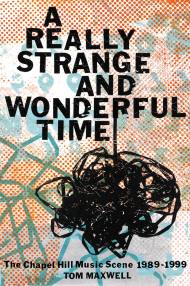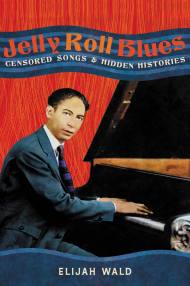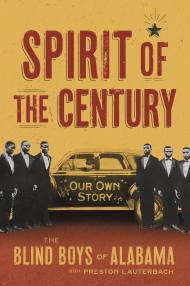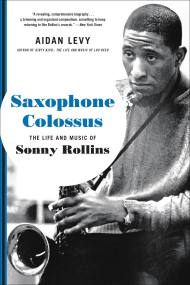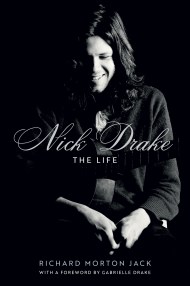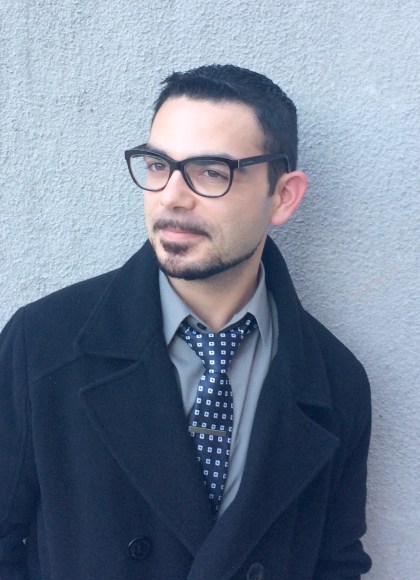Promotion
Use code MOM24 for 20% off site wide + free shipping over $45
Beast
John Bonham and the Rise of Led Zeppelin
Contributors
By C.M. Kushins
Foreword by Dave Grohl
Formats and Prices
Price
$15.99Price
$20.99 CADFormat
Format:
- ebook $15.99 $20.99 CAD
- Hardcover $31.00 $39.00 CAD
- Audiobook Download (Unabridged) $31.99
- Trade Paperback $19.99 $25.99 CAD
This item is a preorder. Your payment method will be charged immediately, and the product is expected to ship on or around September 7, 2021. This date is subject to change due to shipping delays beyond our control.
Also available from:
Beast: John Bonham and the Rise of Led Zeppelin is the first-ever biography of the iconic John Bonham, considered by many to be one of the greatest (if not THE greatest) rock drummer of all time. Bonham first learned to play the drums at the age of five, and despite never taking formal lessons, began drumming for local bands immediately upon graduating from secondary school. By the late 1960s, Bonham was looking for a more solid gig in order to provide his growing family with a more regular income. Meanwhile, following the dissolution of the popular blues rock band The Yardbirds, lead guitarist Jimmy Page sought the company of new bandmates to help him record an album and tour Scandinavia as the New Yardbirds. A few months later, Bonham was recruited to join the band who would eventually become known as Led Zeppelin-and before the year was out, Bonham and his three bandmates would become the richest rock band in the world.
In their first year, Led Zeppelin released two albums and completed four US and four UK concert tours. As their popularity exploded, they moved from ballrooms and smaller clubs to larger auditoriums, and eventually started selling out full arenas. Throughout the 1970s, Led Zeppelin reached new heights of commercial and critical success, making them one of the most influential groups of the era, both in musical style and in their approach towards the workings of the entertainment industry. They added extravagant lasers, light shows, and mirror balls to their performances; wore flamboyant and often glittering outfits; traveled in a private jet airliner and rented out entire sections of hotels; and soon become the subject of frequently repeated stories of debauchery and destruction while on tour. In 1977, the group performed what would be their final live appearance in the US, following months of rising fervor and rioting from their fandom. And in September of 1980, Bonham-plagued by alcoholism, anxiety, and the after-effects of years of excess-was found dead by his bandmates.
To this day, Bonham is posthumously described as one of the most important, well-known, and influential drummers in rock, topping best of lists describing him as an inimitable, all-time great. As Adam Budofsky, managing editor of Modern Drummer, explained, "If the king of rock 'n' roll was Elvis Presley, then the king of rock drumming was certainly John Bonham."
Genre:
-
"C.M. Kushins gives us a wild, behind-the-scenes look at one of the greatest rock bands ever, and brings John ‘Bonzo’ Bonham back to life in this well-written rock classic."Peter Leonard, Bestselling Author of Voices of the Dead
- On Sale
- Sep 7, 2021
- Page Count
- 384 pages
- Publisher
- Hachette Books
- ISBN-13
- 9780306846670
Newsletter Signup
By clicking ‘Sign Up,’ I acknowledge that I have read and agree to Hachette Book Group’s Privacy Policy and Terms of Use
